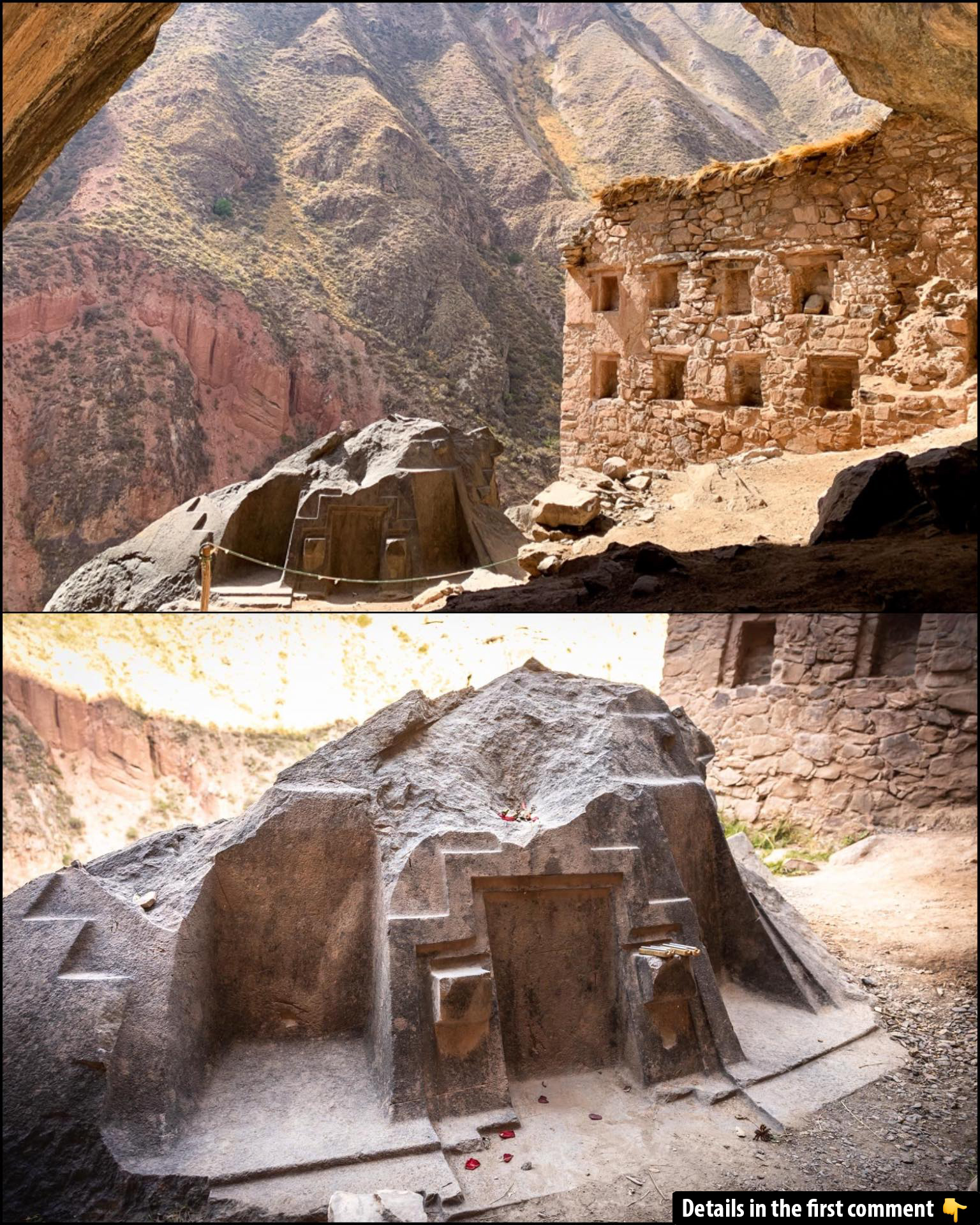Tucked high in the rugged Andes, Naupa Iglesia stands as an ancient enigma, drawing intrigue from archaeologists and spiritual seekers alike. This mysterious site, with its precise carvings and alignment to celestial bodies, offers more than just a glimpse into the past—it hints at a deeper connection between humanity and the cosmos. What secrets lie within its stone walls? Could Naupa Iglesia be more than just an archaeological site, but a gateway to a higher realm? The answers remain hidden, waiting to be uncovered by those brave enough to seek them.
The Architecture of Naupa Iglesia: A Portal to the Divine
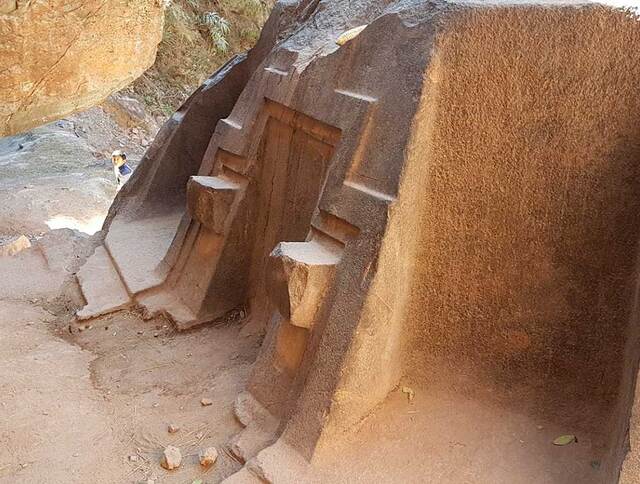
The most captivating feature of Naupa Iglesia is undoubtedly its architecture. Carved into the mountainside at an altitude of nearly 10,000 feet, the site presents an elaborate series of carvings, most notably the so-called “false door” or “spirit door.” At first glance, this door seems like an entrance, but it leads nowhere, offering no physical passage through the mountain. This architectural choice is deliberate, for the door is symbolic rather than functional.
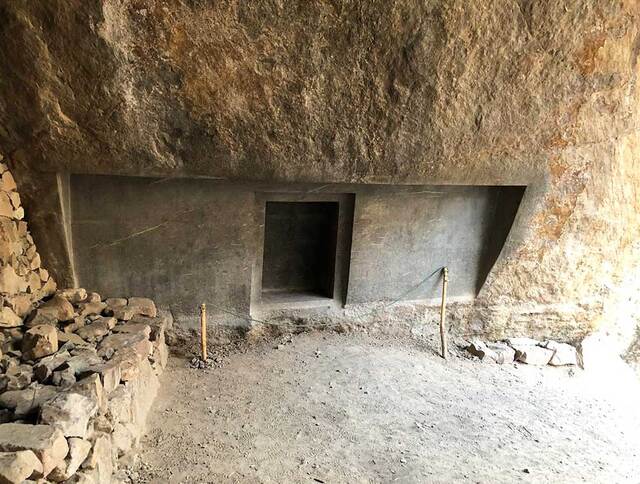
The design of this portal is not unique to Naupa Iglesia; it mirrors similar sacred doors and gateways found in ancient Persian and Egyptian temples. These “false doors” are believed to represent a spiritual passage between realms, a symbolic opening through which humans can connect with the divine. The fact that Naupa Iglesia’s false door is carefully aligned with celestial bodies further reinforces the idea that this site served as a conduit for spiritual communication.
Additionally, three alcoves are carved into an outcrop of bluestone, a material known for its metaphysical properties, particularly its piezoelectric qualities. The presence of bluestone in Naupa Iglesia is not coincidental. Bluestone is believed to amplify energy, a feature that would have made it ideal for shamanic rituals performed at this site. The alcoves, strategically carved into the stone, could have served as spaces for rituals meant to channel spiritual forces and connect the physical realm with the divine.
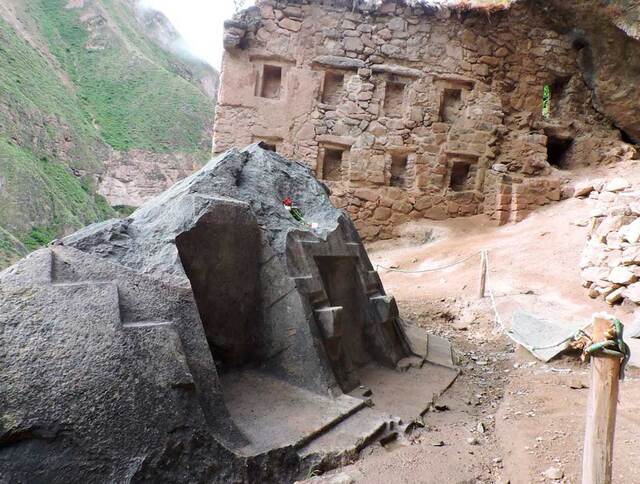
Video
Check out the video on the pre-flood ruins of an advanced civilization high in the mountains at Naupa Huaca – it’s an intriguing exploration of ancient history!
Astronomical and Musical Precision of Naupa Iglesia
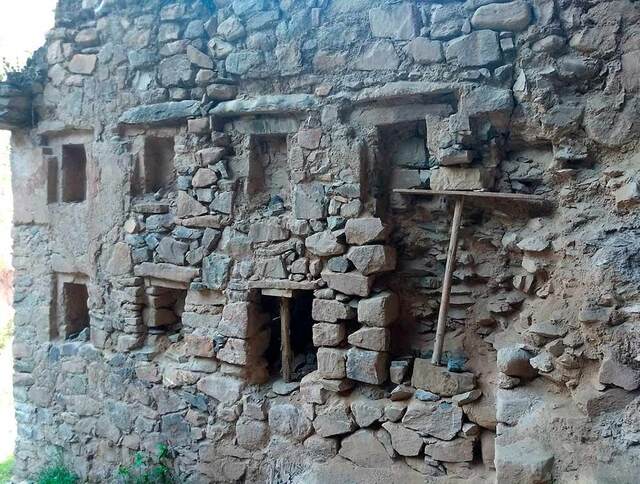
Naupa Iglesia is not just a spiritual site, but a place of remarkable precision. The entrance portal’s measurements follow specific ratios that mirror both musical notation and astronomical calculations. The length-to-height ratio of the portal is 3:1, creating a perfect fifth in the second octave. This is not a random or decorative feature; the use of musical ratios in architecture is a known method in ancient sacred sites around the world, indicating an advanced understanding of harmony and cosmic order.
More intriguing is the 5:6 ratio found in the alcoves, a ratio that corresponds to the movement of the Earth itself. This ratio reflects the planet’s axial precession and equatorial tilt, which change over millennia. Astonishingly, the same ratio is found in the architecture of Egypt’s Bent Pyramid, built by Pharaoh Sneferu. The precision with which these ratios are encoded suggests that Naupa Iglesia was not only a sacred site but also a cosmic observatory designed to reflect and channel the forces that shape the universe.

The builders of Naupa Iglesia were clearly aware of the connections between celestial phenomena and the Earth, and they encoded these understandings into the very fabric of the site’s design.
Naupa Iglesia: A Portal for Shamanic Journeys
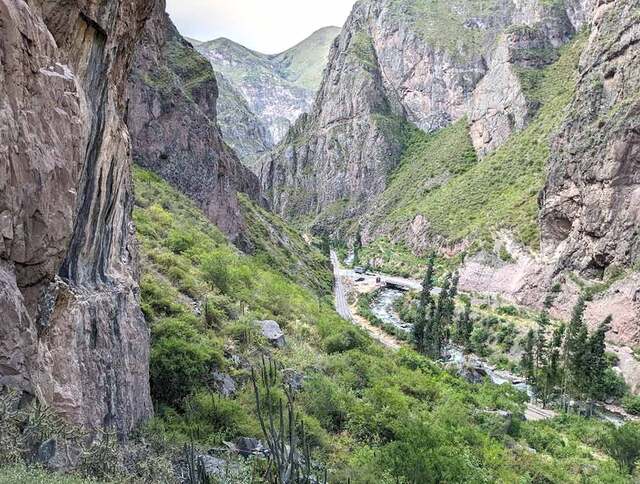
One of the most compelling aspects of Naupa Iglesia is its location—secluded and difficult to access. This is no accident. Temples like Naupa Iglesia, designed to be physically remote, were often used for shamanic rituals that required isolation and sensory deprivation to facilitate spiritual journeys. The secluded location of Naupa Iglesia would have been ideal for such practices, where select individuals, chosen for their spiritual insight, would commune with gods or spirits.
The false door, referred to as a “spirit door” or “window into paradise,” likely marked a passage between the earthly world and the spiritual realm. The site’s strong energy field, created by the earth’s electromagnetic currents, may have induced altered states of consciousness, aiding shamans in their spiritual journeys. These out-of-body experiences, facilitated by the site’s unique energy, would have allowed participants to access higher realms and communicate with divine beings.
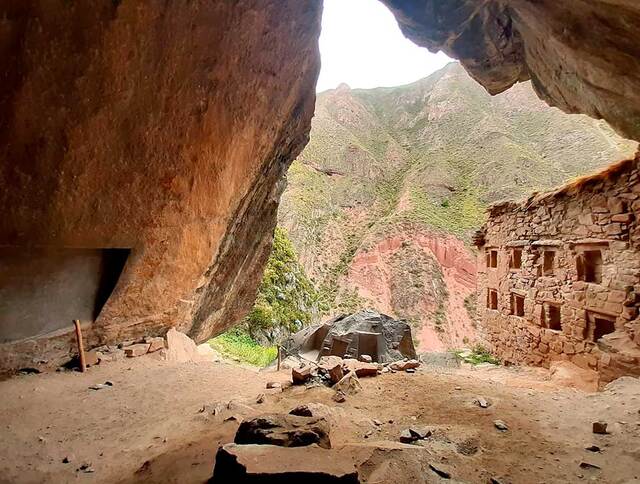
Such practices were integral to ancient Andean spiritual traditions, where the physical and spiritual worlds were closely intertwined. The false door of Naupa Iglesia serves as a reminder of these ancient practices, highlighting the role of sacred spaces in facilitating profound spiritual experiences.
The Use of Bluestone and Other Sacred Materials
Another fascinating aspect of Naupa Iglesia is the use of bluestone. Bluestone, a material known for its piezoelectric properties, can generate an electrical charge when subjected to mechanical stress. This quality would have made it highly valued by ancient shamans, who believed that the stone’s energy could be harnessed for spiritual purposes. Bluestone was also used in the construction of Stonehenge, further underscoring its importance in ancient sacred rituals.
At Naupa Iglesia, the presence of bluestone adds another layer of significance to the site. The stone’s ability to amplify and channel energy would have been crucial for the rituals performed there. The three alcoves, carved into the bluestone, would have served as focal points for spiritual ceremonies, allowing participants to harness the stone’s energy and facilitate communication with the divine.
The use of sacred materials like bluestone, combined with the site’s precise astronomical and musical measurements, reinforces the idea that Naupa Iglesia was a carefully designed spiritual center, built to connect the physical world with higher realms of existence.
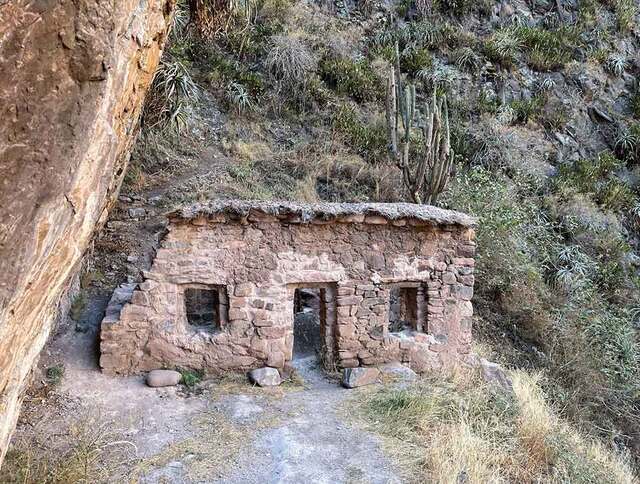
The Connection to Other Ancient Sites and Civilizations
The mysteries of Naupa Iglesia extend beyond the Andes and into the broader world of ancient sacred sites. The design elements found at Naupa Iglesia closely resemble those seen in other ancient civilizations, particularly in Egypt and Persia. The use of precise geometric ratios, the alignment with celestial bodies, and the carving of portals all suggest a shared cosmological knowledge.
This raises the intriguing possibility that Naupa Iglesia, like other ancient sacred sites, was influenced by or connected to the same mystical and astronomical knowledge that shaped the construction of the pyramids in Egypt and the temples of ancient Persia. The idea that Naupa Iglesia was part of a larger network of sacred sites, linked by a shared understanding of the cosmos, is supported by similarities between its architecture and that of other ancient temples.
The myths of the wandering builders, such as Viracocha in the Andes and the Followers of Horus in Egypt, further support this idea. These myths describe gods and builders who brought advanced knowledge to the Earth after a great catastrophe, suggesting that Naupa Iglesia could have been part of a global tradition of sacred sites built by these ancient, knowledge-bearing cultures.
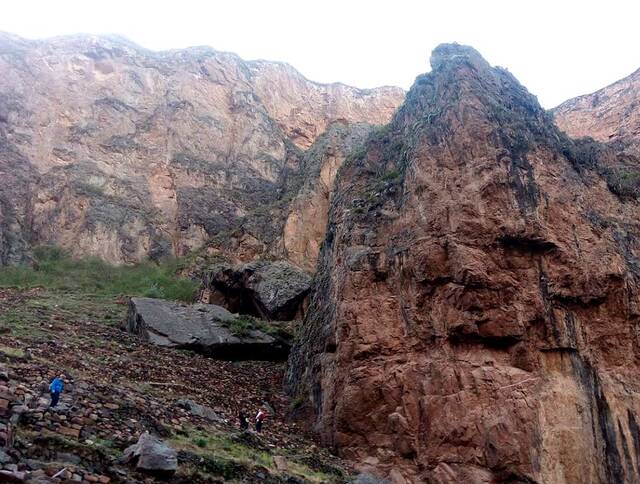
The Builders of Naupa Iglesia: Who Created This Sacred Site?

As to who built Naupa Iglesia, many historians dismiss the Inca, whose stonework, though impressive, pales in comparison to the precision and scale of the site. Instead, Naupa Iglesia’s construction style more closely resembles that of the ancient Tiwanaku civilization, known for its advanced stonework and astronomical knowledge.
The myths surrounding Viracocha and the wandering gods of the Andes suggest that Naupa Iglesia was built by a much older civilization, one that possessed profound knowledge of sacred geometry, astronomy, and spirituality. The site’s precision and spiritual significance point to a level of knowledge far beyond that of the Inca, suggesting that Naupa Iglesia was created by a civilization long lost to history but whose legacy endures in the site’s architectural and spiritual design.
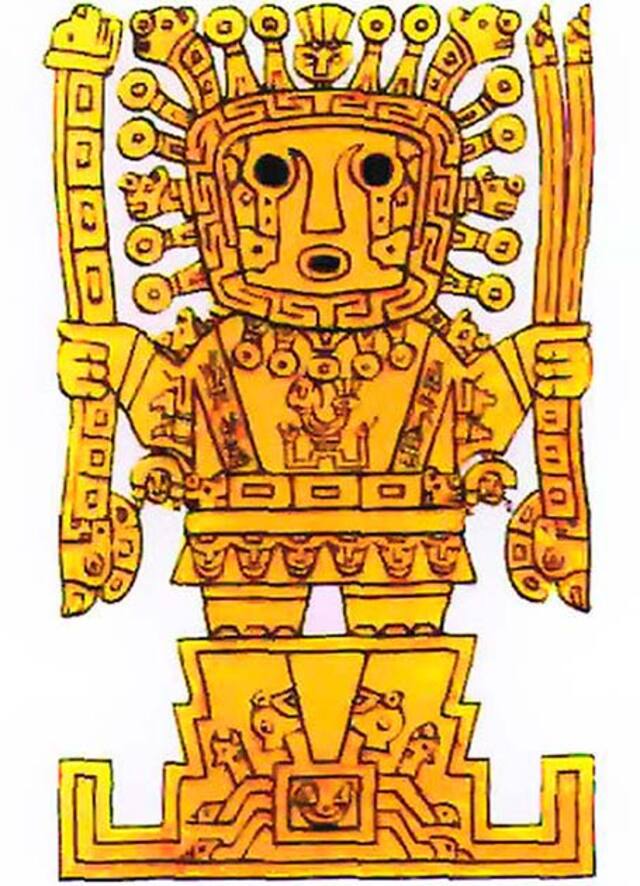
Explore more photos about Naupa Iglesia
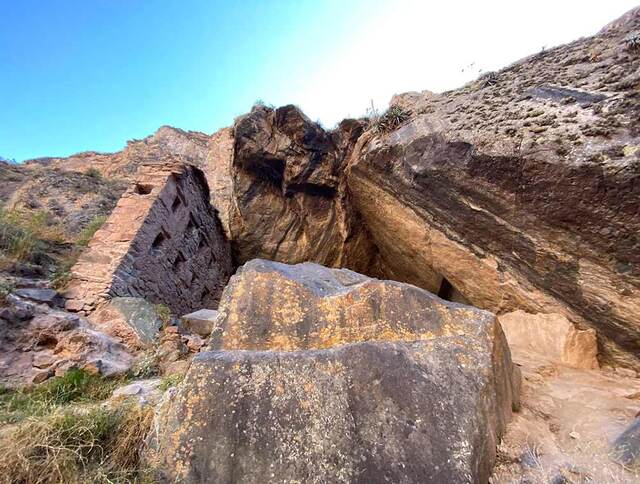

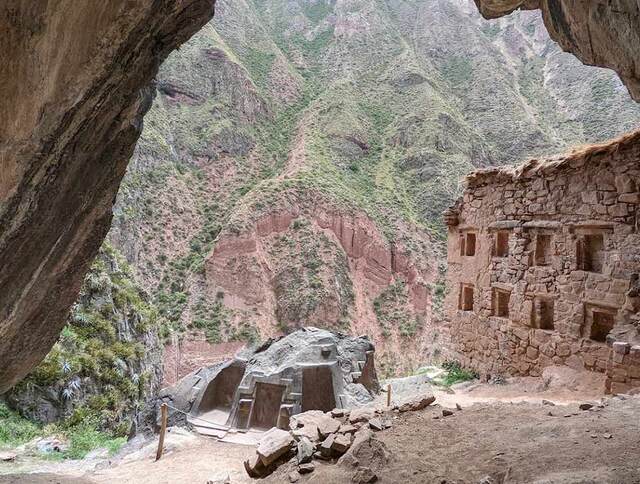
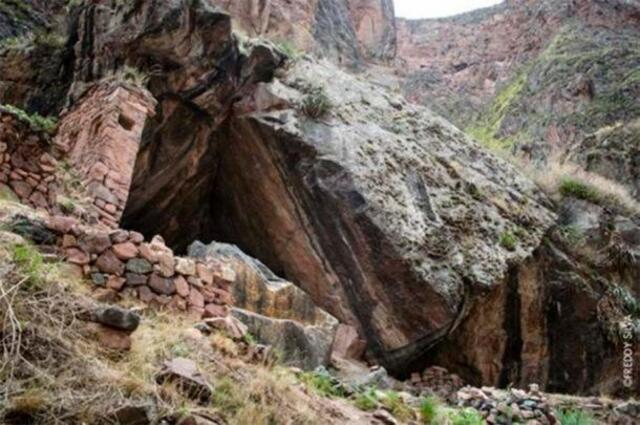
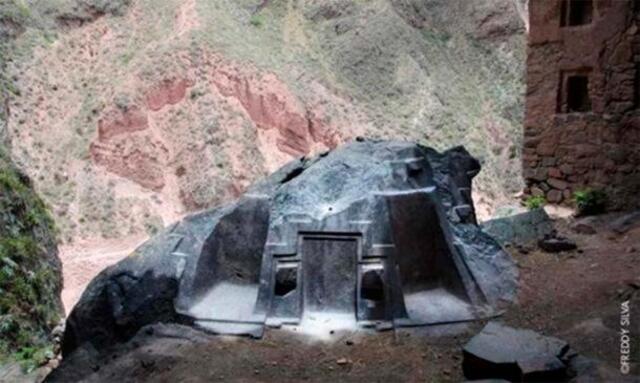
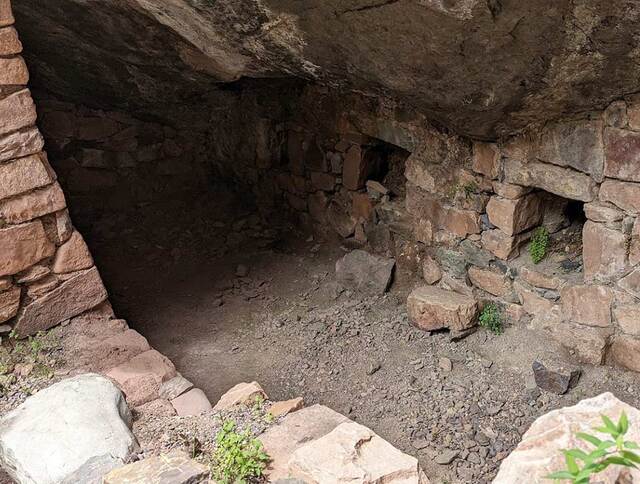
Video
Watch the video on the mysterious ruins of the Sacred Valley of Peru, Ñaupa Iglesia – it’s a captivating look at ancient architecture and history!
Conclusion: The Continuing Mystery of Naupa Iglesia
Naupa Iglesia remains one of the most mysterious and spiritually significant sites in the Andes. Its architectural precision, alignment with celestial bodies, and the use of sacred materials all point to a deep understanding of the universe by its builders. As research continues, we may uncover even more about the hidden wisdom embedded within this sacred site.
For now, Naupa Iglesia stands as a powerful reminder of the ancient civilizations of the Andes and their profound connection to the divine. It invites all who visit to explore its mysteries and experience its energy firsthand, serving as a portal not only to the spiritual realm but also to the timeless knowledge of our ancestors.
